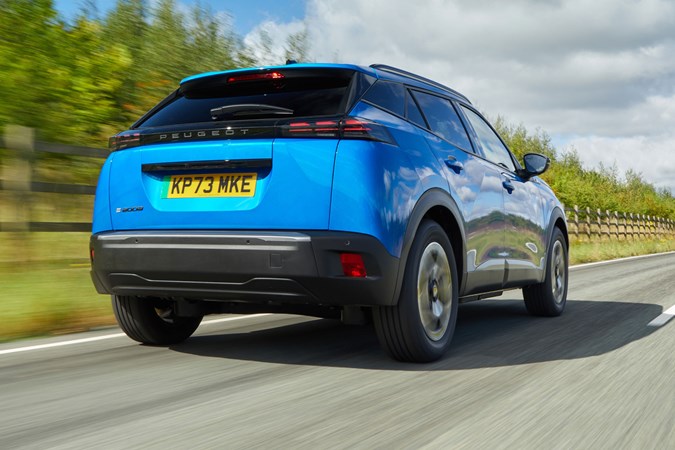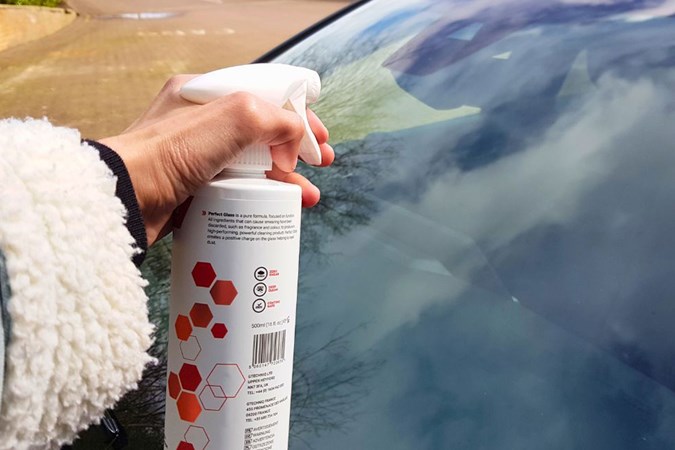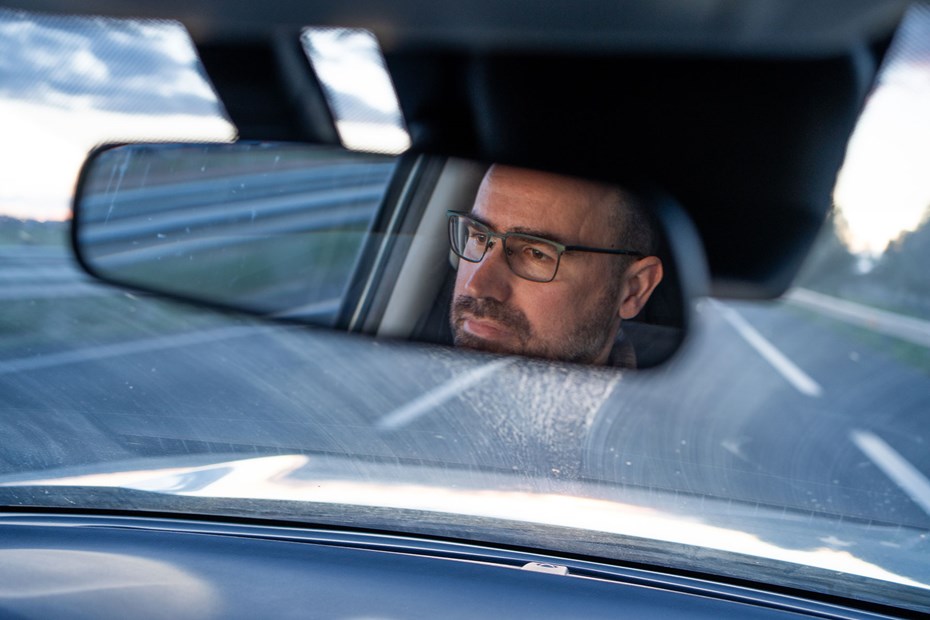Can you read a number plate from 20 metres away? If not, you might have a problem. Good eyesight is essential for safe driving, but what are the actual legal requirements – and how do you know if you meet them?
Whether you wear glasses, think your vision might have changed, or just want to ensure you’re on the right side of the law, here’s everything you need to know about keeping your eyes (and your driving licence) in check.
What are the legal eyesight requirements for driving in the UK?
Your eyesight plays a crucial role in staying safe on the road. That’s why UK law sets clear standards for drivers. But even if you haven’t noticed any issues, your vision can change gradually over time — sometimes without you realising. That’s why getting your eyes tested at least every two years is recommended, even if you think your sight is fine.
To legally get behind the wheel, you must:
1. Be able to read a number plate from 20 metres away
This is the bare minimum eyesight requirement for driving. If you can’t read a standard UK number plate (with or without glasses) from 20 metres (65 feet) in good daylight, you should not be driving without glasses.

To put that into perspective:
- 20 metres is about five car lengths or roughly the width of a tennis court.
- If you’re struggling to make out the letters and numbers, it’s time for an eye test.
2. Meet the visual acuity standard
The legal requirement is 6/12 (0.5 on the Snellen scale) in your better eye. But what does that mean?
- The Snellen test is the chart with rows of letters that get smaller as you move down.
- 6/12 vision means you can see from six metres what a person with normal vision sees from 12 metres.
If you wear glasses or contact lenses to meet this standard, you must wear them every time you drive.
3. Have a sufficient field of vision
It’s not just about clarity — your peripheral vision (how much you can see at the edges without moving your head) is equally important.
- The DVLA’s visual field test checks how wide and clear your side vision is.
- Eye conditions like glaucoma can reduce your field of vision, which may affect your ability to drive safely.
Many of these tests – whether it’s the number plate check, the Snellen chart assessment, or the peripheral vision evaluation – are all part of a routine eye exam at your local optician. If you’re due for a check-up or just want to be sure you’re hitting the legal vision standards, there’s no better time than now to book an appointment and keep your eyes road-ready.
Is there an eyesight test for driving?
Yes, there is – and it’s as straightforward as it sounds. When you head to your practical driving test, you’ll start with a quick vision check where you must read a standard UK number plate (the type issued after 1 September 2001) from 20 metres away in good daylight. If you can’t, you’ll fail right then and there, which means you’ll need to reapply, and the DVLA will require you to take a full eyesight test with the DVSA (Driver and Vehicles Standards Agency) at your local driving test centre.
Once you’ve passed that exam and can read the number plate from 20 metres, you’ll be cleared to take your practical driving test. It’s a simple process to make sure every driver meets the basic vision standards for safe driving.
What if I’ve got a medical condition affecting my eyesight?
Don’t panic – having an eye condition doesn’t automatically mean you’re unfit to drive. However, your safety and that of others on the road is the top priority.
If you’re long-sighted, short-sighted, or colour-blind, you don’t need to inform the DVLA – just make sure you’re wearing the right prescription glasses or contact lenses when you’re behind the wheel. However, there are more serious eyesight conditions that require you to notify the DVLA.
If you are unsure, you can use the government online service or check their A to Z list of medical conditions to see whether yours requires reporting. It’s always worth double-checking — if you don’t report a condition that affects your vision and end up in an accident as a result, you could face a £1,000 fine and even get three penalty points on your licence.
In some cases, you might need extra eye tests to assess whether you meet the legal eyesight standard for driving. If you have a condition affecting one eye and another condition in the other, you’ll need to fill out a V1 form and send it to the DVLA — or report it quickly via their online portal.
Clear vision isn’t just about your eyesight
Even with perfect vision, dirty or streaky windows can seriously affect how well you see the road ahead —especially in low light or bad weather. Keeping your windscreen clean inside and out helps reduce glare and improves visibility. A good window cleaner can make all the difference.
The best glass cleaner currently on the market


Pros
- Excellent value at under £10 for 500ml
- Achieves a near flawless finish with no streaks or marks
Cons
- Strong chemical smell
FAQs
How often should I get my eyes tested?
Even if your vision feels spot on, it’s a good idea to get your eyes checked every two years. Your eyesight can change without you noticing, and a quick test could catch any issues before they become a problem. If you’re struggling to read road signs, feeling more glare at night, or just think something’s off, don’t wait — book an appointment sooner rather than later.
Can I drive if I only have vision in one eye?
Yes, you can — as long as your remaining eye meets the legal eyesight standards and has a normal field of vision. That said, if you’ve recently lost sight in one eye, it can take time to adjust to depth perception and peripheral vision changes. If you’re unsure, an optician can check whether you’re safe to drive.
Do I need to wear my glasses or contact lenses every time I drive?
If you need glasses or contacts to meet the legal eyesight standards, then yes — every time you get behind the wheel. It’s not just a recommendation; it’s a legal requirement. If you’re caught driving without them, you could face a fine, penalty points, or even risk losing your licence.
Are there specific eyesight rules for HGV and bus drivers?
Yes. HGV (heavy goods vehicles) and bus drivers must meet stricter eyesight standards, including 6/7.5 visual acuity in their best eye and a wide field of vision. They must also pass a medical examination when applying for or renewing their licence.
Just so you know, we may receive a commission or other compensation from the links on this website - read why you should trust us.










